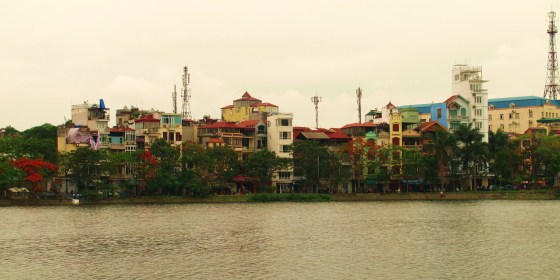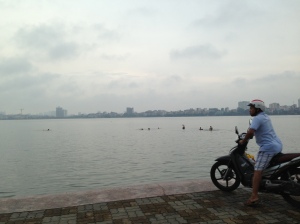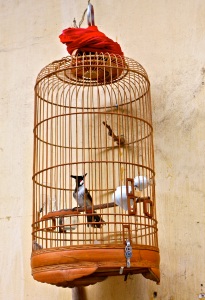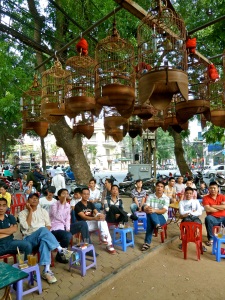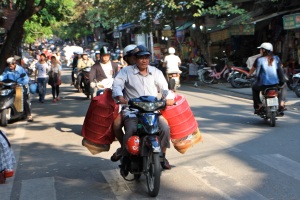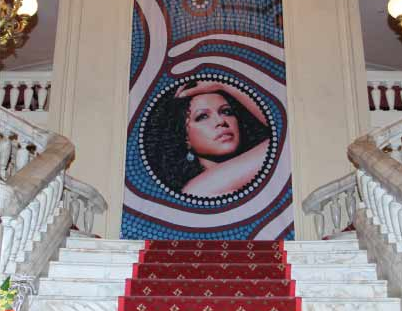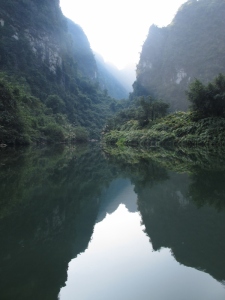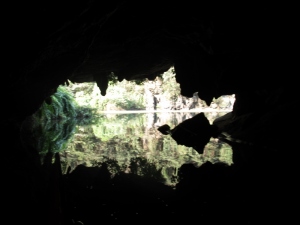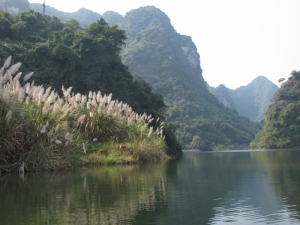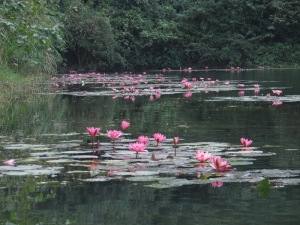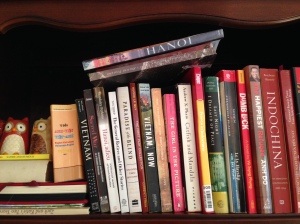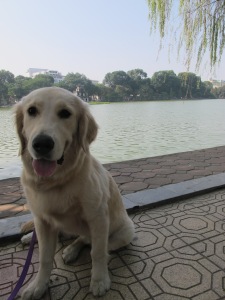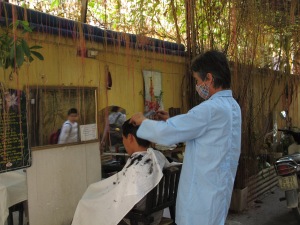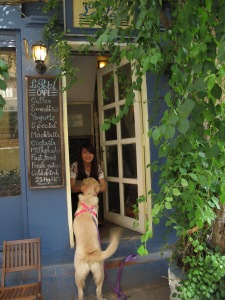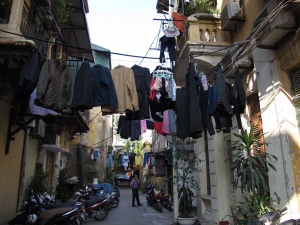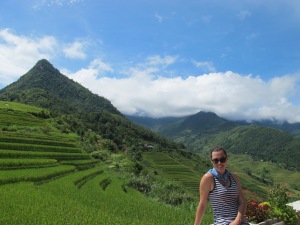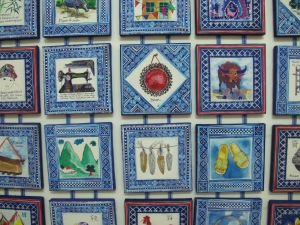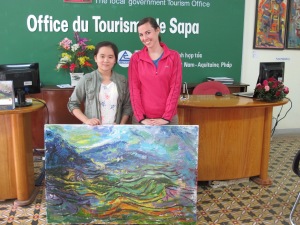Hanoians are famous for nostalgia. Being the great storytellers that they are, there are myriad poems, paintings, folk tales and other art forms depicting the sentimental beauty attached to this city. Despite – or sometimes because of – the drastic modernisation witnessed over the past few decades, there remains a pride in the certainty that Hanoi is, and always has been, a city of unsurpassed charm and romance.
From the moment I arrived in April 2013 I, too, found this charm impossible to resist. Don’t get me wrong: there are plenty of aspects of life in this city that irritate me. Truth be told, there are moments when I have wondered what it is with the sprawling suburbs, crowded streets, temperamental weather and questionable driving techniques that allows this city to still be considered charming. In the end, however, Hanoi is a good seductress: she woos with imagery and flirts with imagination, captures hearts and stimulates minds, persuading one to overlook her flaws.
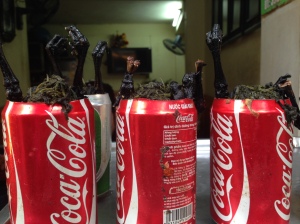 Upon a recent rereading of my early blog posts, I discovered that I still get a kick out of many things I originally loved about Hanoi. From babies in bicycle baskets to unidentified squealing animals toted around on the handlebars of a scooter to toads in a bowl on the footpath – a new take on toad-in-a-hole – there are some Hanoi quirks that never cease to enchant me.
Upon a recent rereading of my early blog posts, I discovered that I still get a kick out of many things I originally loved about Hanoi. From babies in bicycle baskets to unidentified squealing animals toted around on the handlebars of a scooter to toads in a bowl on the footpath – a new take on toad-in-a-hole – there are some Hanoi quirks that never cease to enchant me.
As my day of departure nears, I find myself in limbo. I have not yet left – although by the time this is published I will have – but I’m not quite here anymore. Unable to fathom a life back in the US, where my days won’t begin with dog walks through parks of dancing couples, nor end with beer drunk on tiny plastic stools, I don’t want to start packing up my home. Yet I already feel that my too brief participation in this city is over. I will lead my final walking history tour for Friends of Vietnam Heritage, submit the last of the magazine articles, hand over my projects and finish my final column.
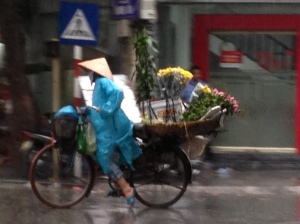 Summer is commencing as I book my flights and fret about moving details, such as how much we will have to pay for the furniture our dog, Marmalade, has chewed. Winter drizzle is turning to heavy rain showers, the damp street drying quickly in the hot sun. Perhaps it is these changes that give the city her charm. Seasons change in cities around the world but in no other have I felt and smelled and seen the changes as intimately as I do here. I cannot think of a more succinct way – nor a more nostalgic one – to sum up my time here than to highlight my favorite parts of the seasons. Hen gap lai, Ha Noi!
Summer is commencing as I book my flights and fret about moving details, such as how much we will have to pay for the furniture our dog, Marmalade, has chewed. Winter drizzle is turning to heavy rain showers, the damp street drying quickly in the hot sun. Perhaps it is these changes that give the city her charm. Seasons change in cities around the world but in no other have I felt and smelled and seen the changes as intimately as I do here. I cannot think of a more succinct way – nor a more nostalgic one – to sum up my time here than to highlight my favorite parts of the seasons. Hen gap lai, Ha Noi!
Summer
Feel – Damp, always. Bare legs sticking to taxi seats, sweat running down my back as I ride the scooter.
See – Lakes of lotuses flowing in the morning sunshine.
Autumn
Feel – The rare combination of sun and low humidity as I walk Marmalade in the park. Hanoi actually looks like the postcards.
Hear – The sound of “Ai ca phe nao!” echoing through empty streets at midnight.
Winter
Feel – Fog — and pollution — and endless drizzle turning the city into a watercolour painting as the liquid sky hangs heavy overhead.
Smell – Cold dampness penetrating through cracks in the windows, seeping into furniture and making everything smell of mothballs.
Spring
Feel – The happiness of spotting bicycles laden with mounds of floral colour, the yellow roses smiling at the still sleeping lilies.
See – Trees laden with orange fruit and spindly branches full of pink blossoms weaving their way through traffic.
This article first appeared on the AsiaLife website on May 22nd 2015, click here to see the original.

